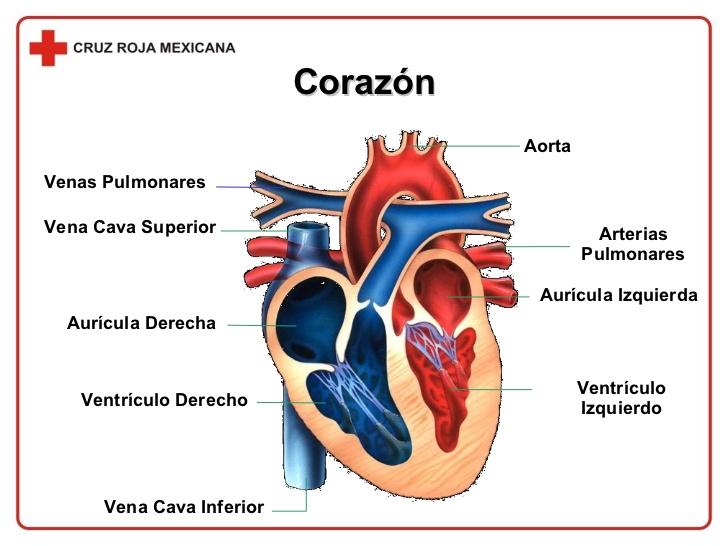
12 Olshansky B, Okumura K, Henthorn RW, Waldo AL.Validation of double spike electrograms as markers of conduction delay or block in atrial flutter. Mount Kisco, NY: Futura Publishing 1993:107–119. Electrophysiology of human atrial flutter. Activation and entrainment mapping defines the tricuspid annulus as the anterior barrier in typical atrial flutter. 9 Kalman JM, Olgin JE, Saxon LA, Fisher WG, Lee RJ, Lesh MD.Frequency and implications of resetting and entrainment with right atrial stimulation in atrial flutter. 8 Arenal A, Almendral J, San Roman D, Delcan JL, Josephson ME.Demonstration of an area of slow conduction in human atrial flutter. 7 Olshanky B, Okumura K, Hess PG, Waldo AL.Fragmented electrograms and continuous electrical activity in atrial flutter. 6 Cosio FG, Arribas F, Palacios J, Tascon J, Lopez-Gil M.Clinical and experimental studies of the effects of atrial extrastimulation and rapid pacing on atrial flutter cycle: evidence of macro-reentry with an excitable gap. 5 Inoue H, Matsuo H, Takayanagi K, Murao S.Experimental studies on the mechanism of the auricular flutter. 3 Kimura E, Kato S, Murao S, Ajisaka H, Koyama S, Omiya Z.Studies on flutter and fibrillation, II: the influence of artificial obstacles on experimental auricular flutter. Observations upon flutter and fibrillation, II: the nature of auricular flutter. This difference may be a critical determinant of the counterclockwise rotation of typical AFL. Block is usually observed at longer pacing cycle lengths with PW pacing than with LW pacing. In 3 patients, complete block was not achieved.Ĭonclusions-These data suggest the presence of rate-dependent transversal conduction block at the crista terminalis in patients with typical AFL. During pacing from the LW, complete block appeared at a shorter pacing cycle length (281☑25 ms P<0.01) and was fixed in 2 patients.

Complete transversal conduction block all along the CT (detected by the appearance of double electrograms at all recording sites and craniocaudal activation sequence on the side opposite to the pacing site) was observed in all patients during pacing from the PW or CSO (cycle length, 334☑36 ms), but it was fixed in only 4 patients.

No double electrograms were recorded during sinus rhythm in that area. At least 5 bipolar electrograms were recorded along the CT from the high to the low atrium next to the inferior vena cava. After the ablation procedure, decremental pacing trains were delivered from 600 ms to 2-to-1 local capture at the LW and PW or coronary sinus ostium (CSO).

Methods and Results-In 22 patients (aged 61☗ years) with AFL (cycle length, 234☒3 ms), CT was identified during AFL by double electrograms recorded between the LW and posterior wall (PW). To study conduction properties across the CT, rapid pacing was performed at both sides of the CT after bidirectional conduction block was achieved in the cavotricuspid isthmus by radiofrequency catheter ablation.


 0 kommentar(er)
0 kommentar(er)
